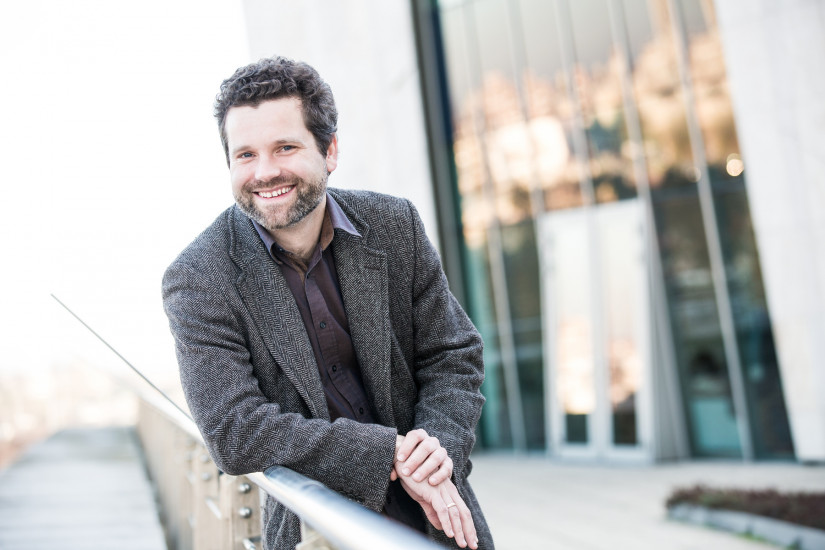
16 October 2021, 20.00-22.00
Grand Hall
Liszt Fest
Liszt and Sacrality
Liszt: Andante religioso
Liszt: Requiem for Organ
Magyar hazánk te jó anya – hymn
Liszt: Angelus! Prière aux anges gardiens
Lassus–Liszt: Regina coeli laetare
J. S. Bach–Liszt: Aus tiefer Not schrei ich zu dir
Éneklő Egyház – excerpts
Folk Music reflections
Marianna Balogh, Sára Bolyki, Júlia Lerner, Bettina Szanyi (vocals)
László Fassang (organ)
Mátyás Bolya, Helga Debreczeni-Kis (folk plucked instruments)
Balázs Szokolay Dongó (folk wind instruments)
Featuring: students of the Folk Music Department of the Liszt Academy
Conception: Mátyás Bolya
Like other artists in the age of Romanticism who sought new sources of inspiration, Liszt showed a keen interest in the music of cultures other than his own, like medieval church music and Gypsy music. However, he was not exposed to traditional folk music as it is understood today – or what Bartók called peasant music. In his sacred music, Liszt drew on a variety of sources, from the Gregorian tradition to the remarkable composers of Renaissance and Baroque church music, such as Lassus and Johann Sebastian Bach. Conceived at the intersection of diverse genres, this production has a special concept and focuses on Liszt’s church music. Organ works, improvised movements, folk music and religious folk songs reflect on each other.
Presented by
Zeneakadémia Koncertközpont, MÜPA
Tickets:
HUF 2 900, 3 500, 4 500, 5 500


